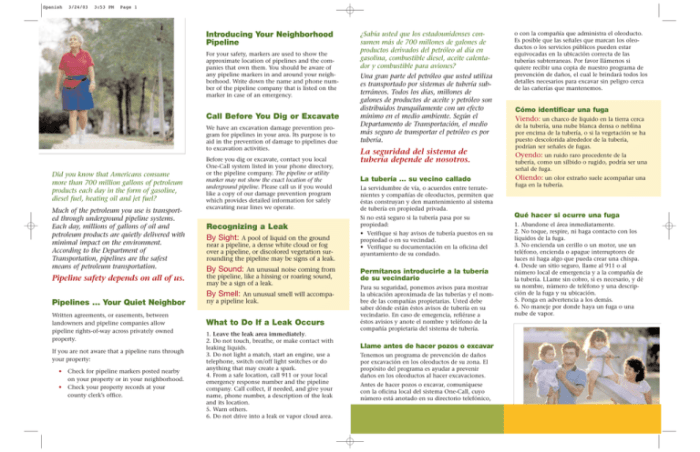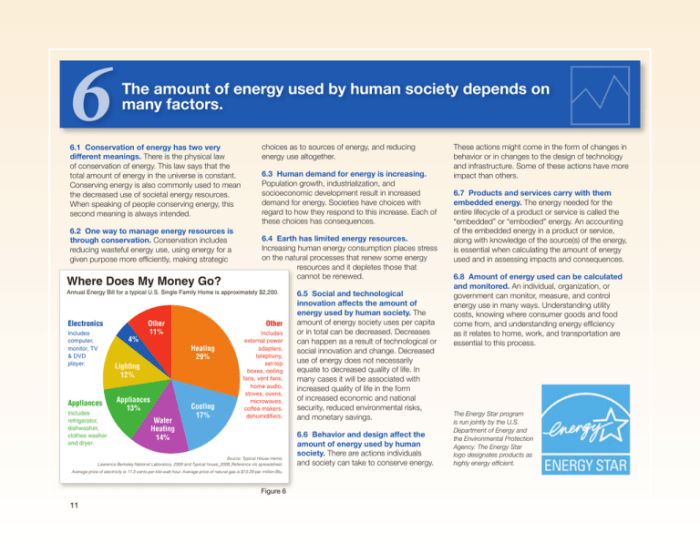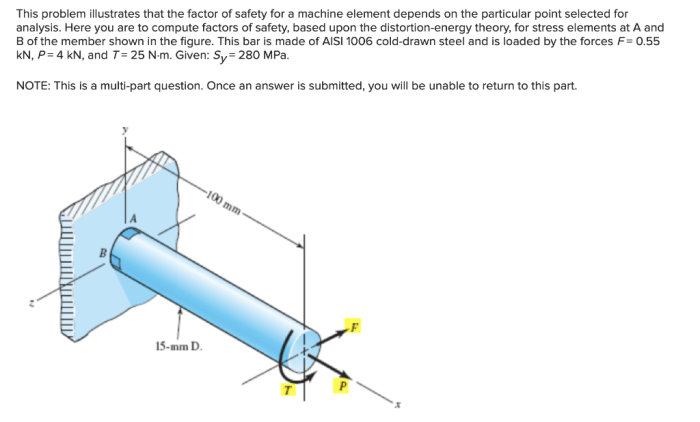The method of on-track safety used depends on what factors, and this article delves into the intricate interplay of environmental, track, vehicle, operational, human, and technological elements that shape safety protocols in on-track operations. As we navigate this complex landscape, we uncover the nuances of risk assessment and mitigation strategies, ultimately shedding light on the critical factors that ensure the well-being of personnel and the smooth operation of on-track systems.
The Method of On-Track Safety

The method of on-track safety used depends on a range of factors, including environmental factors, track conditions, vehicle characteristics, operational procedures, human factors, risk assessment and mitigation, and safety technologies.
Environmental Factors, The method of on-track safety used depends on what factors
Weather conditions can significantly impact on-track safety. Rain, snow, and fog can reduce visibility and traction, making it more difficult for drivers to see and control their vehicles. In severe weather conditions, such as heavy rain or snow, races may be delayed or even canceled.
Track Conditions
The condition of the track can also affect safety. A wet or slippery track can make it more difficult for drivers to maintain control of their vehicles, while a bumpy or uneven track can increase the risk of accidents. Track maintenance and repairs are essential to ensure that the track is in good condition and safe for racing.
Vehicle Characteristics
The type and design of the vehicle can also influence on-track safety. Heavier vehicles are more difficult to control than lighter vehicles, while vehicles with more powerful engines can travel at higher speeds and are therefore more likely to be involved in accidents.
Vehicle technology and advancements, such as anti-lock brakes and traction control, can help to improve safety.
Operational Procedures
Established operational procedures, such as speed limits, signaling systems, and communication protocols, contribute to on-track safety. These procedures help to ensure that drivers are aware of the conditions on the track and that they are operating their vehicles in a safe manner.
Human Factors
The training, experience, and alertness of personnel involved in on-track operations affect safety. Drivers who are well-trained and experienced are more likely to be able to avoid accidents, while drivers who are fatigued or distracted are more likely to be involved in crashes.
Risk Assessment and Mitigation
Risk assessment and mitigation are essential to on-track safety. Risk assessment techniques are used to identify and evaluate the risks associated with on-track operations, while risk mitigation strategies are used to reduce or eliminate these risks.
Safety Technologies
Safety technologies, such as trackside sensors, warning systems, and automatic braking, can help to enhance on-track safety. These technologies can provide drivers with information about the conditions on the track and can help to prevent accidents.
FAQ Explained: The Method Of On-track Safety Used Depends On What Factors
What are the primary environmental factors that influence on-track safety?
Weather conditions such as rain, snow, and fog can significantly impact visibility, traction, and braking distances, necessitating adjustments to safety protocols.
How do track conditions affect the choice of safety measures?
The condition of the track, including its surface, slope, and curvature, can influence speed limits, braking distances, and the need for additional safety measures such as trackside sensors or warning systems.
In what ways do vehicle characteristics impact on-track safety methods?
The type and design of the vehicle, including its weight, speed, and braking system, determine appropriate safety measures, such as speed limits, braking distances, and the use of specific safety technologies.
How do operational procedures contribute to on-track safety?
Established operational procedures, such as speed limits, signaling systems, and communication protocols, provide a framework for safe operations and help prevent accidents.
What role do human factors play in on-track safety?
The training, experience, and alertness of personnel involved in on-track operations are crucial for maintaining safety. Human error can be minimized through proper training and safety protocols.


